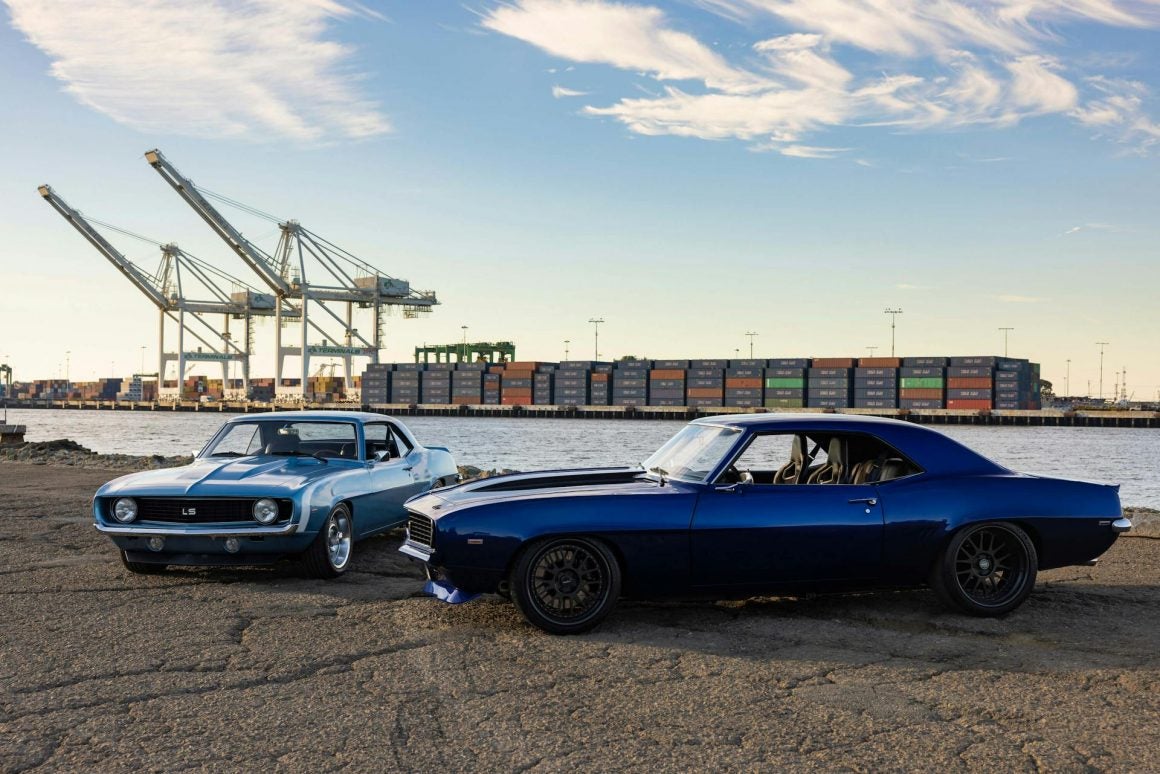Michael Savage, a successful entrepreneur from New Canaan, Connecticut, has a deep passion for collecting and restoring classic American muscle cars.
Savage, the founder of 1-800Accountant, a leading accounting services provider, has built an impressive collection of meticulously maintained muscle cars over the years.
Savage’s educational background includes a Bachelor of Science degree in accounting from Brigham Young University, which has provided him with the financial expertise to navigate the collector car market. In addition to his professional achievements, Savage’s other hobbies include a love for Legos and an impressive koi fish collection – but his true passion lies with the muscle cars that have captured his heart.

Muscle car enthusiasts like Savage are part of a growing community of collectors who have fueled a resurgence of interest in these high-performance vehicles from the golden age of American automotive design.
The peak of the muscle car era was in the mid-1950s through the late 1960s, but the appeal of these powerful, stylish cars has endured and even gained momentum in recent years.
What Is a Muscle Car?
Muscle cars, characterized by their large-displacement V8 engines, rear-wheel drive, and aggressive styling, have a dedicated following among car enthusiasts and collectors.
Muscle cars are a category of high-performance American-made vehicles that were popular in the mid-20th century.
The key characteristics of muscle cars include:
- Powerful, large-displacement V8 engines: Muscle cars were defined by their large, high-horsepower engines, often in the 5-7 liter range, that provided rapid acceleration.
- Rear-wheel drive: Muscle cars typically had a rear-wheel drive layout, which provided better power delivery and handling characteristics compared to front-wheel drive.
- Aggressive styling: Muscle cars had bold, muscular designs with low, wide stances, prominent hoods, and distinctive styling cues like hood scoops and spoilers.
- Focus on straight-line performance: While not necessarily handling champions, muscle cars were optimized for raw acceleration and top speed rather than cornering abilities.
- American-made: Muscle cars were almost exclusively produced by the major American automakers like Chevrolet, Ford, Dodge, and Pontiac.
The golden age of muscle cars was the 1960s and early 1970s, with models like the Chevrolet Camaro, Ford Mustang, Dodge Charger, and Pontiac GTO becoming icons of the era.
While muscle car production declined in the late 1970s, they have continued to maintain a passionate following among car enthusiasts and collectors to this day.
Savage is part of this community, which has seen a renewed appreciation for the iconic models of the past, such as the Chevrolet Camaro, Ford Mustang, and Pontiac Firebird.
One of the driving factors behind the growing popularity of muscle cars among collectors is the sense of nostalgia and connection to the past.
“Restoring an old muscle car to its original glory is a truly satisfying hobby that connects me to my youth, but also keeps this special class of category alive and moving forward,” explains Savage from his massive garage in New Canaan, CT, on why his impressive collection keeps growing.
It’s true, many of today’s adult collectors first fell in love with these cars during their formative years, and the desire to own and preserve these vehicles has only intensified over time.
Muscle car fans like Savage look forward to events like the Muscle Car and Corvette Nationals convention, scheduled for November of this year in Rosemont, Illinois. This annual event attracts hundreds of classic car owners and admirers, offering a chance to showcase the unique features and authenticity of these prized possessions.
As the automotive industry continues to evolve, with a growing focus on electric and autonomous vehicles, collectors like Mike Savage serve as custodians of a cherished piece of automotive history.
By preserving and restoring these muscle cars, they ensure that the spirit of the golden era of American performance vehicles lives on, providing a tangible link to the past and inspiring future generations of car enthusiasts.

